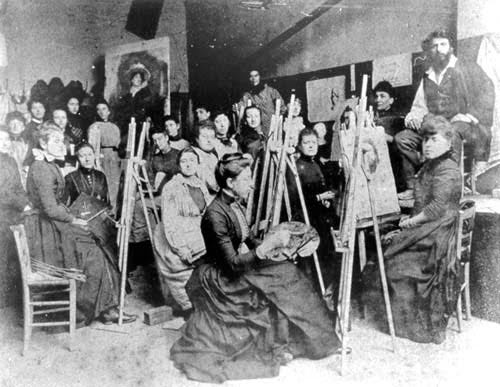Should art schools teach the fundamental skills of drawing and painting from observation?
Seems obvious, right? But not everyone thinks so.
"Drawing from observation and nature and commonly from the life model has been actively discouraged,' says Andy Pankhurst, an artist who teaches at various institutions including the Royal Drawing School, which offers…
Keep reading with a 7-day free trial
Subscribe to Paint Here to keep reading this post and get 7 days of free access to the full post archives.





